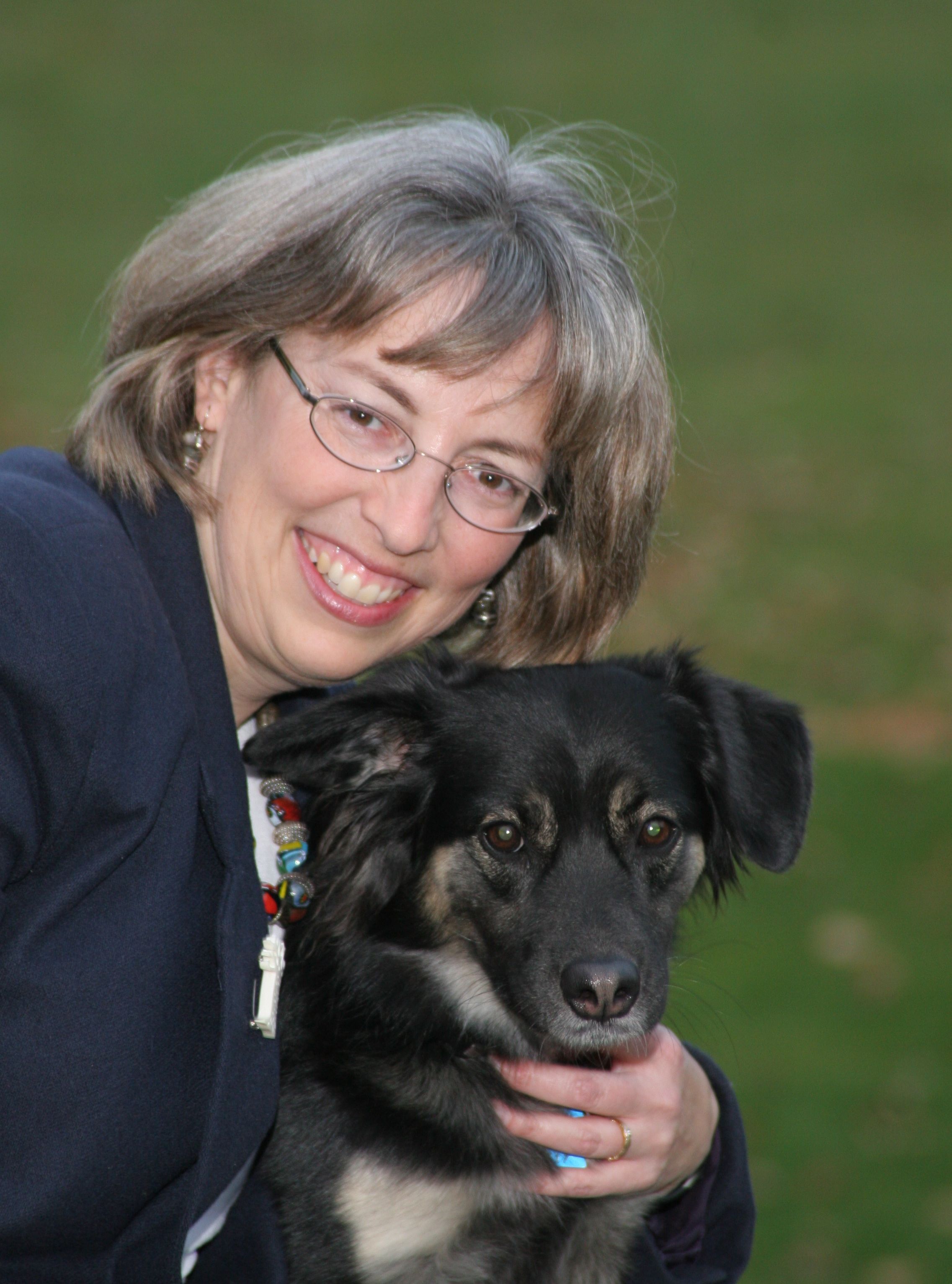- Specially-trained koala detection dogs joined rescue teams during and after the catastrophic Australian bushfires to help find the injured marsupials quickly and increase their chance of survival.
- Koalas had a hard time escaping the fires. Because they are slow moving and their first instinct is to climb into the canopy, curl into a ball, and wait, they were often killed or injured by the incredibly intense bushfires.
- Koalas numbers had already dropped significantly in New South Wales due to habitat loss, climate change, drought and disease. The fires exacerbated what was already a precarious situation.
- Eventually, surviving koalas will be released back into the wild, but it will take great care due to their specialized diets, need for social cohorts, and time required to recover from their burns.
“Find koala!” With those two simple words, four-year-old English Springer Spaniel Taylor sprang into action.
She raced across the charred Australian landscape, her handler, professional dog trainer Ryan Tate of Tate Animal Training Enterprises, watched as the brown-and-white dog sniffed from tree to tree.
Then Taylor laid down beneath a scorched eucalyptus. Her signal that a koala huddled unseen somewhere high above.
Tate rewarded Taylor with a toss of her ball, while the team strategized how best to capture the tired marsupial clinging to the scorched trunk. Dog and humans were all part of a massive volunteer effort to rescue koalas struggling to stay alive in the aftermath of fires that swept across huge swaths of Australia from November into February.
New South Wales, a state on Australia’s east coast was arguably the hardest hit, with about 20,000 square miles — an area twice the size of the U.S. state of Maryland — was incinerated, along with an estimated 800 million wild animals.
Koalas were especially affected, with 5,000 of the arboreal herbivorous marsupials — 12% of the state’s population — killed, according to a report for International Fund for Animal Welfare prepared by koala ecologist Stephen Philips. The fires, as horrific as they were, only exacerbated what was already a precarious situation. Over the past two decades, koala numbers dropped by up to two-thirds in New South Wales due to habitat loss, climate change, drought and disease.
The fires added another killing blow.






